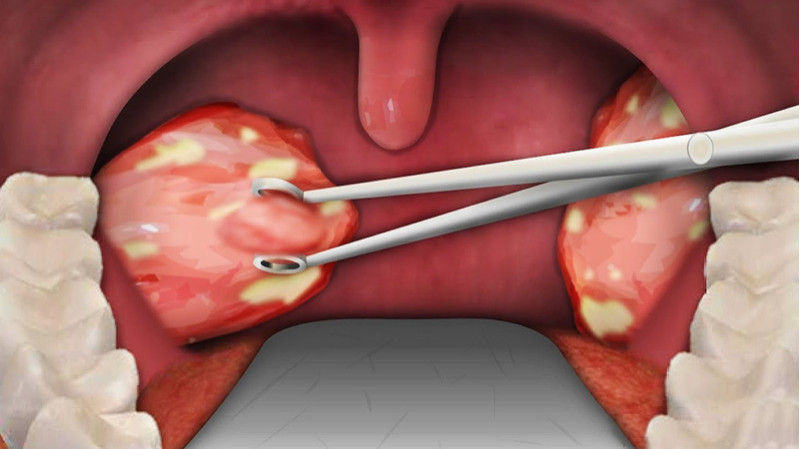Although many common childhood diseases including colds, tonsillitis, ear infections, and bronchitis are usual childhood illnesses, the infections can cause problems for parents and children because of missed work and school time as well as secondary issues. Many children between the ages of 5 and 15 suffer with tonsillitis (ทอนซิล อักเสบ, this is the term in Thai), which usually goes away in 7 to 10 days. Even so, it’s still crucial to see your child’s doctor in order to prevent any complications from developing. We’ll go over tonsillitis’s causes, symptoms, consequences, and available treatments to help you better understand the condition and know when to consult a doctor.
What are the causes and the clinical manifestations?
Ironically, although they protect our body from illness and viruses, our tonsils are also easily infected. Although bacterial illnesses can also result in tonsillitis, viral infections including adenovirus, rhinovirus , and influenzaare frequently the cause of tonsillitis. In addition, secondary reasons like allergies, acid reflux, or post-nasal drip from sinusitis can irritate the tonsils.
Your kid may experience a range of symptoms, including red, swollen tonsils, white or yellow coatings or patches on the tonsils, fever, sore throat, trouble swallowing, enlarged or irritated lymph nodes, headache, and stiffness or discomfort in the neck, regardless of the underlying cause of the illness. An itchy or muffled voice can also be a symptom of tonsillitis. Younger children may drool due to trouble swallowing, exhibit unusual fussiness, or avoid food altogether because of the discomfort.
Why treatment is necessary?
- Avoid severe complications -Prolonged inflammation of the tonsils can result in swelling of the tonsils and difficulty breathing during sleep (obstructive sleep apnea), the infection spreading to other tissues (tonsillar cellulitis), and pus accumulating behind the tonsils. Your child’s risk of developing certain uncommon illnesses may rise if they receive streptococcal bacteria tonsilitis, often known as strep throat. They might have scarlet fever, which can result in complications such glomerulonephritis, a form of kidney inflammation, poststreptococcal reactive arthritis, and rheumatic fever.
- To be able to obtain proper treatment –Even though this condition is often mild, seeking medical assistance is essential for a good diagnosis and course of treatment. Your physician might want to do a thorough throat exam, a culture, or when deemed necessary, a local imaging.
What are the available treatment options?
Depending on how severe the symptoms are, your child’s treatment may change, but if it is found tonsilitis due to bacteria, prescription antibiotics will probably be suggested. It may be advised to use supportive therapy alone in situations with viral tonsillitis. If your kid is experiencing recurrent tonsillitis or is not responding well to oral antibiotics, a tonsillectomy may be advised. In addition, removal of the tonsils is carried out in the event of an abscess, breathing and swallowing difficulties, or sleep apnea brought on by enlarged glands.Home remedies such as resting in bed, drinking lots of water to stay hydrated, gargling with saltwater, using humidifiers to cut down on dry air, using throat lozenges, and utilizing over-the-counter painkillers to ease symptoms.

